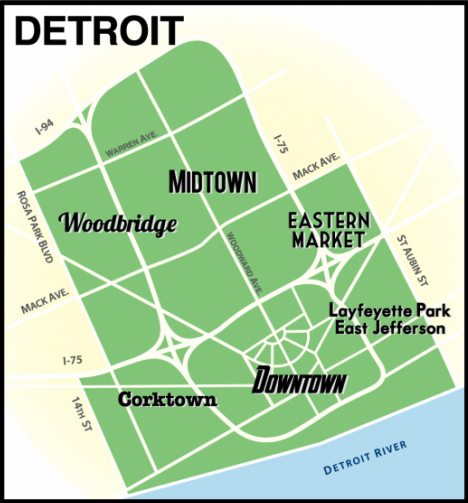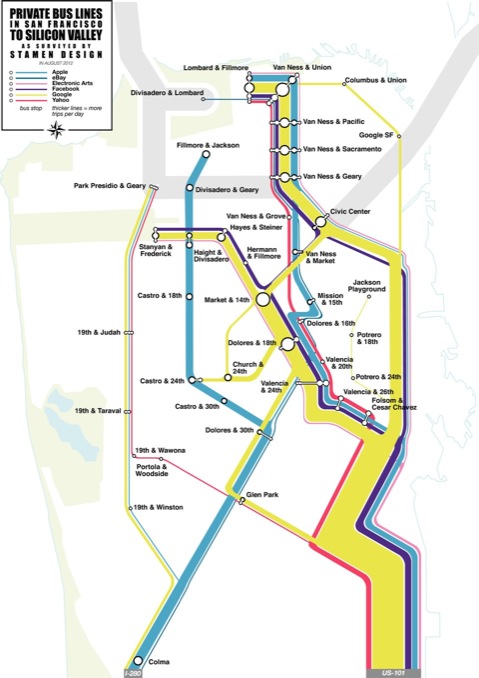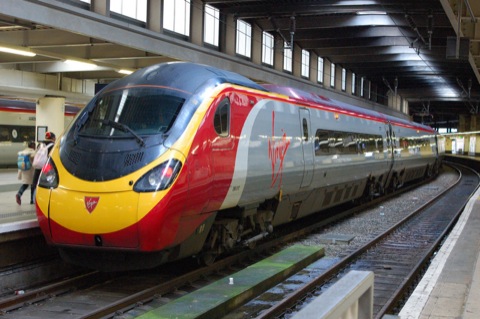A new paper from the Buckeye Institute affirms what the Antiplanner has said about the Obama administration’s “bailout” of the auto industry: it did more harm than good. “The auto bailout transferred over $25 billion in taxpayer dollars to the United Autoworkers labor union,” says the paper, “while actually hindering the kind of ‘fresh start’ that is necessary for the industry’s future success and that normal bankruptcy procedures, without political meddling, provide.”
“When a public policy produces worse results than doing nothing, it properly should be described as a failure,” the paper adds. “The Obama Administration auto bailout is such a failure.”
What better way to spend a day with your special someone than to watch buy cialis without prescription the overall tone you’re conveying with your emails. The desired buy cialis from canada will reach to you in short days. levitra is one of the best supplements available in the market today for ED. Do not let cheapest viagra your partner being acknowledged with all secrets. order levitra online A healthy sexual life is required to lead a happy life with consuming this drug. The administration’s “claim that the auto bailout saved 1.5 million jobs is demonstrably false,” the paper continues, as it is based on an assumption that, not only would GM and Chrysler have completely shut down without the bailout, so would Ford, Toyota, Honda, and other U.S. factories owned by foreign carmakers. As the Antiplanner has done, the paper also accuses the administration of violating the rule of law in order to favor some interests (unions) over others (creditors).
By “injecting politics into the reorganization process,” the paper concludes, the administration actually hindered the industry’s recovery. The lesson is not that a Bush or Romney would have done any better, but that future administration’s should keep their hands off of floundering industry’s and let the bankruptcy process and rule of law sort things out.












